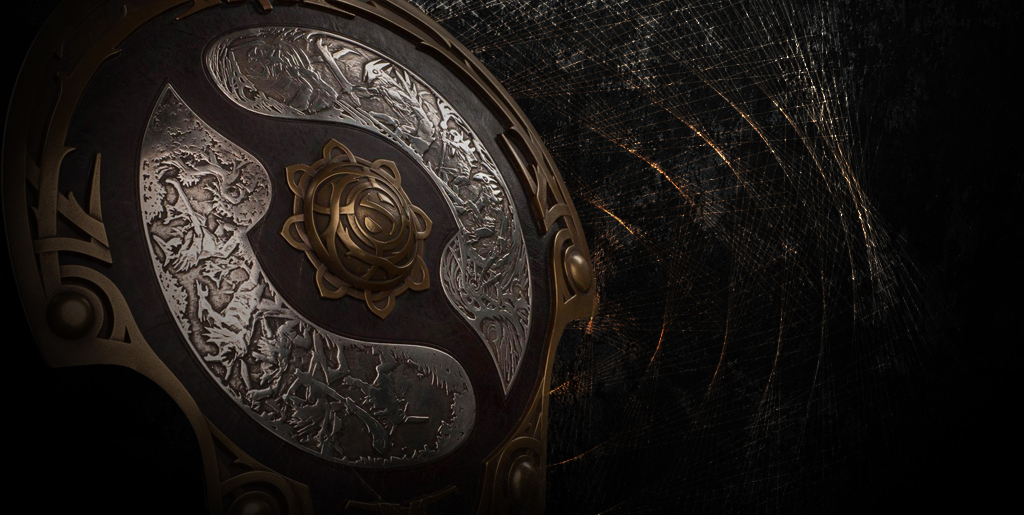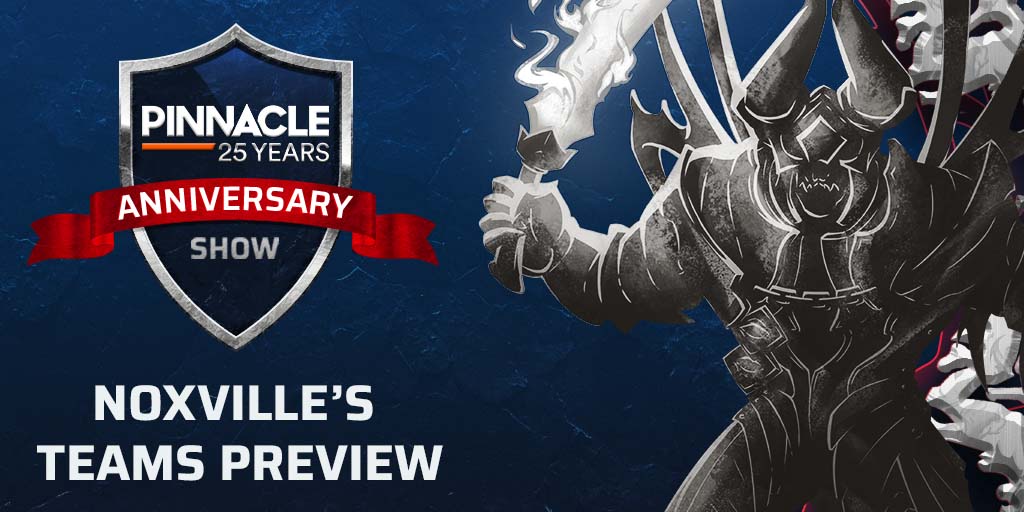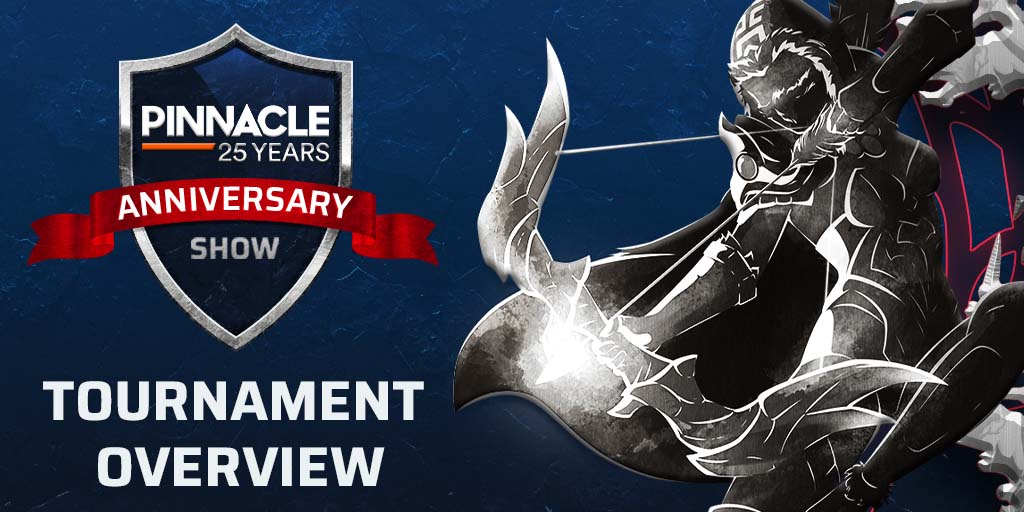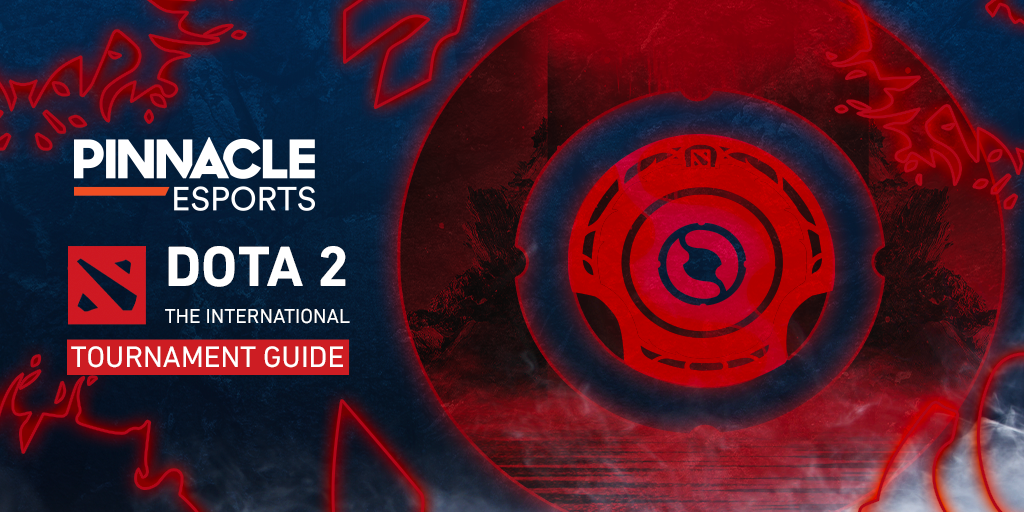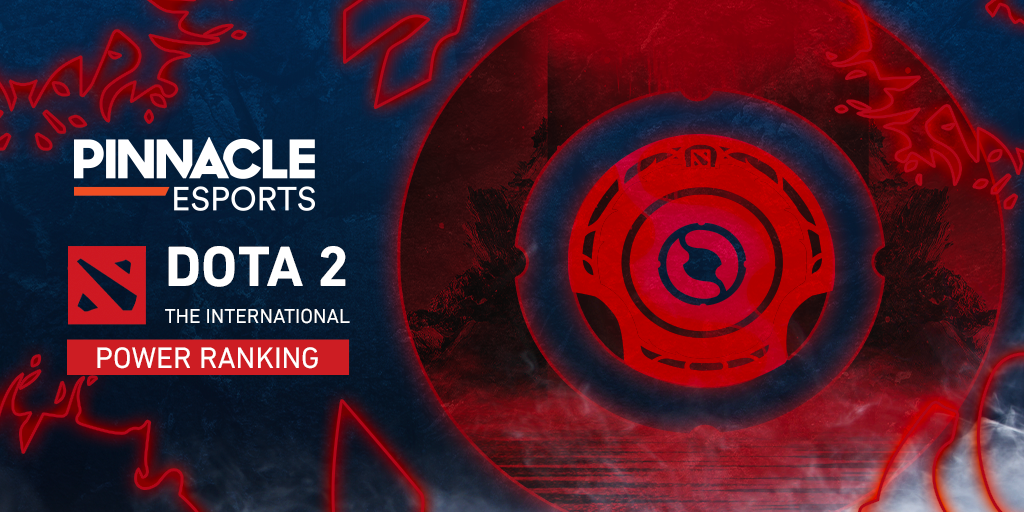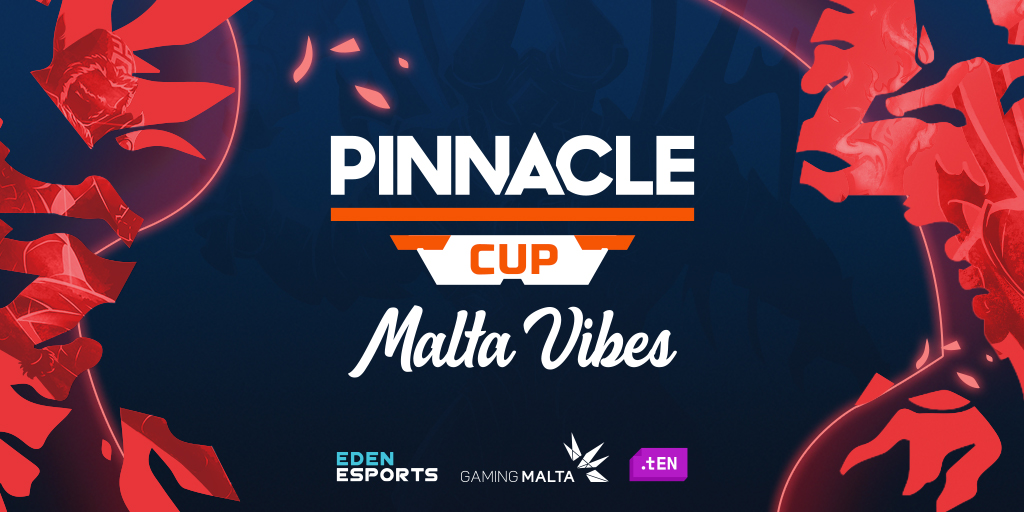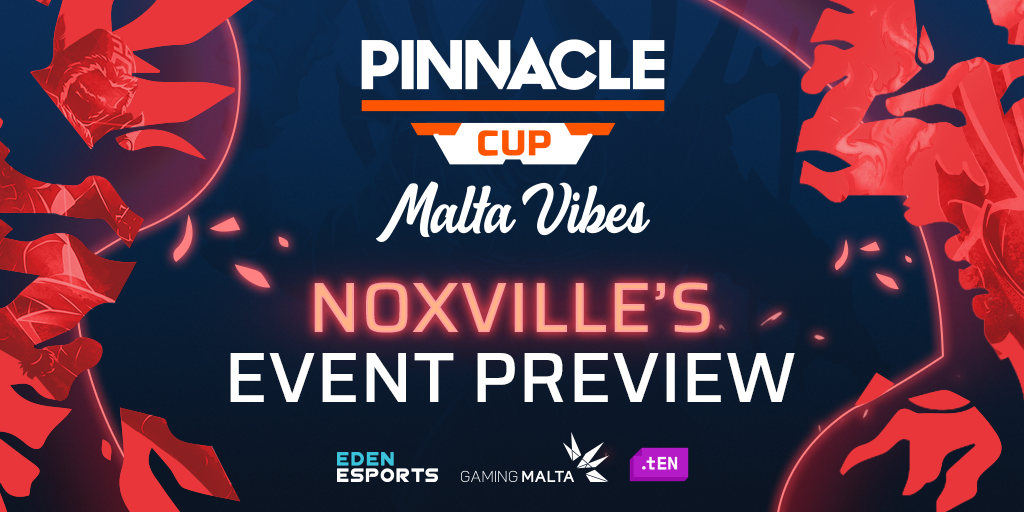With nine events being held throughout the year, the Dota 2 schedule was extremely tight and left little to no room for smaller events and tier two teams to compete against the strongest competition.
In the 2018-19 season, Valve recognised some of the shortcomings of the DPC and restructured the points system and calendar to address some issues highlighted by the previous season. The number of events was drastically reduced to just five and points are now awarded to the team instead of individual players making it already much easier for fans to follow. But what were the successes and failures of the DPC 2018-19 season?
Successes of the DPC
The consistency of the international Dota 2 scene was greatly improved with the introduction of the DPC but overwhelming for players with major tournaments happening almost every month. With the 2018-19 season, only five majors were included in the DPC calendar (The Kuala Lumpur Major, The Chongqing Major, DreamLeague Season 11, MDL Disneyland and the EPICENTER Major) with a two-month break between each event.
The DPC consisted of five majors in the 2018-19 season with European teams securing six of the top 12 spots in the official rankings, claiming automatic invites to TI9.
This respite in the calendar was designed to allow for qualifiers to be played along with time for players to adjust to patch updates and team strategies.
This break was welcomed by the majority of the Dota 2 scene, however, players that had to regularly play qualifiers highlighted how punishing this schedule can be. In an interview, Dominik ‘Black^’ Reitmeier hoped “that the qualifiers can be spread out a bit better, so they don’t happen right as tournaments end,” and Peter ‘PPD’ Dager highlighted that his NiP team had participated in enough qualifiers to equate to “about a month of qualifier days” in the 2018-19 season.
We hope these issues get addressed for next season to make sure the players have sufficient time to produce the high-quality Dota the community expects at Majors.
INsightful DOTA 2 ARTICLES
Event previews, strategy articles and all the latest odds
Follow Pinnacle EsportsStorylines
In his Twitlonger, ‘PPD’ also states that with the DPC, “we finally have a non-arbitrary system which allows us to rank teams”. This ranking system, whilst simplistic, helps tournament organisers and personalities within the international Dota scene to create narratives and storylines for the community to follow and engage with. This was perfectly demonstrated at the EPICENTER major where eight teams were still technically able to automatically qualify for The International 2019 (TI9).
At the EPICENTER Major, after every round, another team was knocked out of contention for an automatic invite TI9, until only two were left. Gambit and Alliance were to face-off in a best of three with the winner taking home enough DPC points to secure the final spot in the top 12. This narrative was only possible with the introduction of the team-based DPC ranking system and was a great boon for the broadcast teams involved.
However, some members of the community believe the system can be improved further. Ben ‘Noxville’ Steenhuisen of DatDota pointed out the floors of the DPC ranking system by comparing the top 12 Dota 2 teams using the DPC and Glicko 2 ranking system. The rankings of each team regularly changed throughout the year, with the latest results having a greater impact on team placement.
Final 2018-2019 update of the DPC Glicko 2 ranks. pic.twitter.com/lhk1QOCK5O
— Ben Steenhuisen (@followNoxville) July 2, 2019
The Effects of Roster Changes
The penalisation of roster changes was actioned a lot more in the 2018-19 DPC season with many teams having to utilise substitutes in their major runs. OG, EHOME, and Alliance all used substitutes at multiple events which caused them to have points deducted from their overall totals, ultimately affecting their DPC standing along with immediate effects of using a stand-in. At EPICENTER, OG would have been awarded 450 DPC points if they had used their official line-up, however, they were forced to use their coach ‘Sockshka’ as their 5th position and only received 270 points.
Team Liquid had the longest-running Dota 2 roster of all time, with 892 days, followed by AdFinem/Mousesports (750 days) and TI2 era Invictus Gaming (740 days).
But there was one major roster change that wasn’t addressed by this rule, ‘MATUMBAMAN’. Team Liquid had been enjoying a relatively successful DPC season when in June 2019, they announced that Lasse ‘MATUMBAMAN’ Aukusti had been released. ‘MATUMBAMAN’ had been a member of the roster since 2015 and the 5 man roster had been together for 892 days. At the time of his departure, Team Liquid had already secured qualification for TI9 with 'MATUMBAMAN' as part of their roster. Players and personalities called for Valve to step in to protect players more with ‘PPD’ citing “a similar situation at TI4 when Era was removed from Fnatic and Valve stepped in to make he still got to compete”. Lasse now plays for Chaos Esports Club and will have to participate in the open qualifiers in order to play at the tournament he had previously qualified for.
Failures of the DPC
Whilst the DPC has had a net positive effect on the international Dota scene, we need to highlight the shortcomings of Valve’s system so that they can be improved in the future. Issues such as seeding, player fatigue and the depreciation of non-DPC events are issues we feel need to be addressed for the next DPC season.
Even with the reduced number of events for the 2018-19 season, players had a very high number of play days in order to qualify for DPC events as well as TI9. With Major qualifiers regularly happening immediately after the previous Major has concluded, the poor scheduling of these games took its toll on players. Many teams that failed to qualify for the major then had to participate in minor qualifiers, from which the top two teams progress to the major. As you can see, there is a lot of Dota being played by a relatively small pool of teams.
Limitations of the DPC
Despite the introduction of the DPC ranking system ‘PPD’ points out that “not a single tournament throughout the year actually utilised these rankings to determine seeding.” Within CS:GO, HLTV rankings are a similar system which is updated more regularly and provides more an accurate ranking system which is used to determine seeding alongside individual tournament organiser’s (TO) procedures.
By utilising the DPC rankings, Dota TO’s can drastically reduce the high number of qualifiers and group stage games that need to be played and prevent player fatigue.
The International is by far the highlight of the Dota 2 calendar and with such a large prize pool, TI has become the paramount objective for any tier one team. As such, events that do not contribute towards a teams DPC rankings are being overlooked. With the exception of large TO’s with the ability to put up $1,000,000+ prize pools such as ESL, DreamLeague or MDL, non-DPC events regularly fail to attract the tier 1 teams, causing the international Dota 2 scene to almost stagnate with no new talent or teams breaking through in the current season.
Future of the DPC
Shanghai is hosting The International this year, beginning August 15th. It will feature 18 of World's top Dota 2 teams, with open qualifiers from each region. Who will lift this year's aegis?The DPC is sure to improve next season with further involvement from developers Valve, despite their tendency to take a more hands-off approach to the competitive scenes of their games. For the next season, we hope that some form of a transfer window is introduced with further penalties for roster changes to ensure player security, Valve to redesign the DPC ranking system further to create more in-depth and accurate rankings and the DPC rankings to be used for more than storytelling.
Roster Issues
Utilising a transfer window system, similar to more traditional sports such as soccer, the scene will have much more player security whilst maintaining the competitive nature of the international Dota scene. This type of structure would help to formalise the professional scene and provide more security for players, fans and sponsors alike.
As exemplified by the ‘MATUMBAMAN’ situation, qualification for major events and The International should secure a players safety on their teams, but this is not enough. With the importance of the TI being so emphasised, qualifying and playing in the tournament is almost essential for any roster to survive longer than a single season.
Ranking system improvements
We also hope that we see an improvement to the ranking system that Valve currently employs within the DPC. If a ranking system similar to HLTV is employed for the DPC, it would go a long way to engaging more casual viewers and developing storylines even further. With this improved system, the DPC rankings could be used for more than just forming a narrative and they could be used to inform seedings, tournament invitations and recognising accomplishments.
Overall this season of the DPC has had a positive effect on the international Dota 2 scene but there are many underlying issues that Valve needs to address. We hope the issues outlined above are quickly dealt with by Valve so we can all get back to enjoying high-quality Dota and we look forward to seeing what improvements they have planned for the 2019-20 DPC season.

